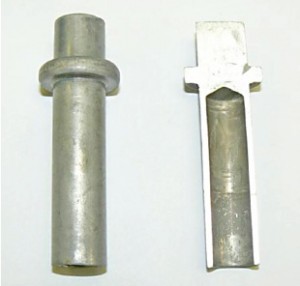From Fastener Technology International, February 2013
A couple of years ago, I took up Sporting Clays, which is a shotgun shooting sport where the target, a four inch round clay disc, is presented to you in two different ways over a course composed of maybe 10 to 15 different stations. Although I am still “developing” my skills, I have found this to be a fun and challenging sport. I have enjoyed it so much that for my birthday last year my wife presented me with a year’s subscription to one of the sport’s magazines. This too I have enjoyed, but it quickly showed me, with no lack of frustration on my part, how very little I really know about the sport. I couldn’t tell you what the different target presentations are intended to represent, how competition is properly scored and for that matter what much of the terminology means.
In much the same way, when I was confronted early in my career with the process of heat treating fasteners, all but a few basic concepts that I remembered from my beginning Engineering Materials class were unknown and cloudy. As I gained more experience, asked questions, learned how parts were manufactured, saw the process and participated in the industry’s technical community, I gained clarity and understanding. However, for those not normally engaged in technical activities or those new to the industry, I imagine that much about heat treating is shrouded in mystery. Why does one heat treat a fastener? How does it work? What is some of the important terminology? This article is intended to help give some simple answers to these questions and unwrap the mystery for those that have no reason or need to hold a metallurgy or engineering degree, but desire to know a little more about fasteners.
For the purposes of this article I will limit our discussion to basic carbon steel and carbon alloy fasteners. This covers the vast majority of fasteners, but certainly not all. Many specialty and highly engineered fasteners utilize more exotic materials that have special and unique metallurgy and often complicated mechanisms to improve physical properties. The bottom line is that this topic can be studied to great depths and there is much to know, even at the simplest level. This article will only touch on the most basic of these concepts.
Download the full article (PDF) »
 From Fastener Technology International, June 2012
From Fastener Technology International, June 2012